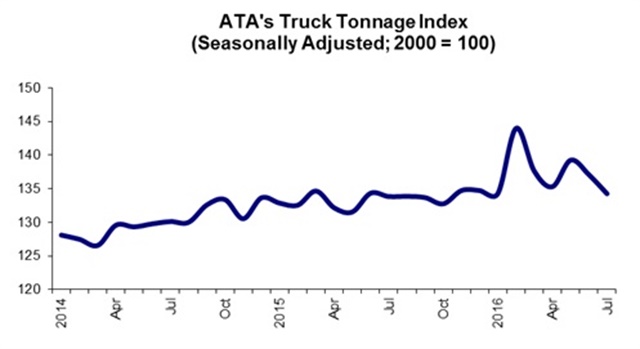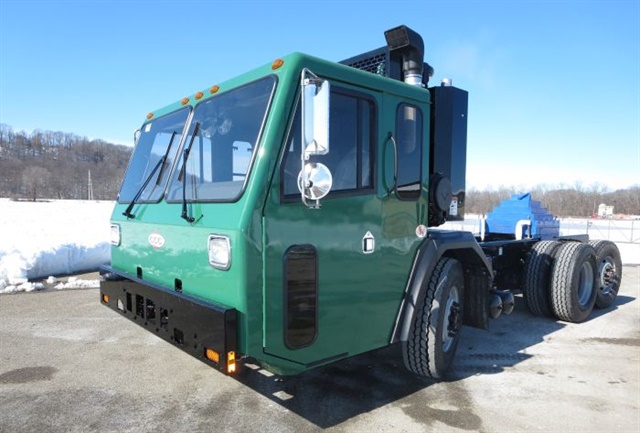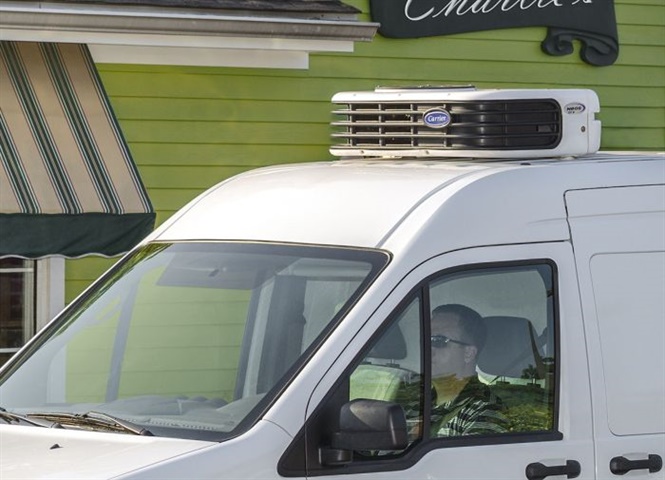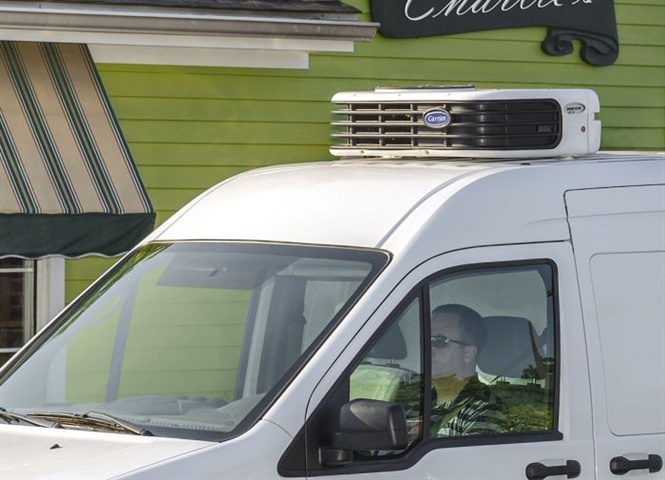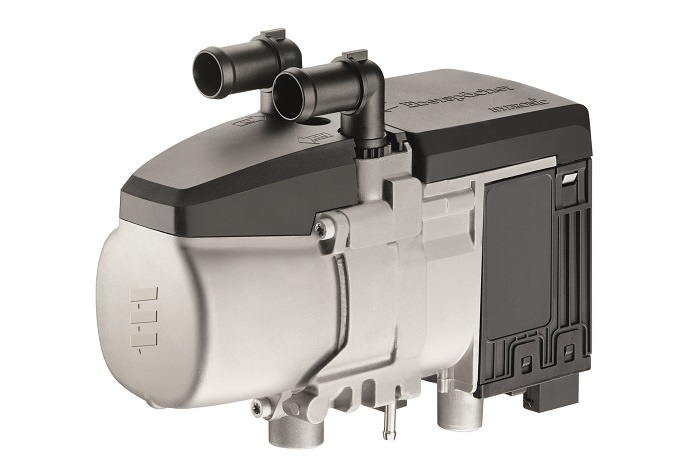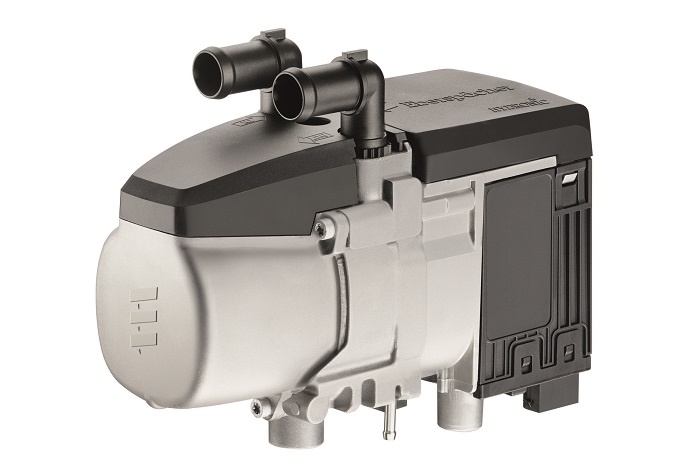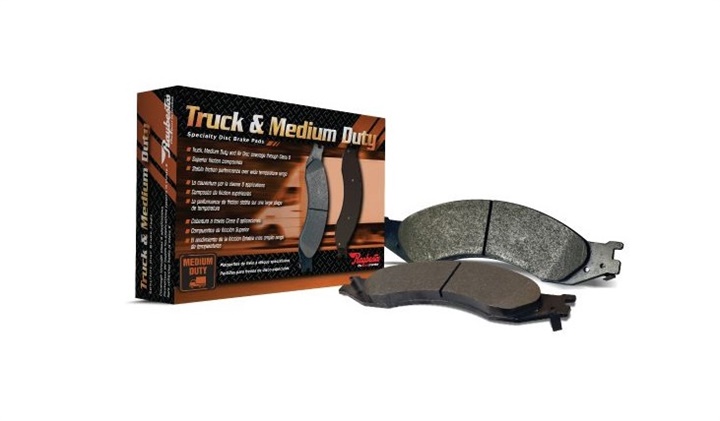Truck Tonnage Hits Lowest Level in 9 Months
Source: ATA
">Source: ATA
">Truck tonnage in July hit its lowest level since October 2015, according to the most recent American Trucking Associations' advanced seasonally adjusted For-Hire Truck Tonnage Index.
Falling 2.1% for the month, July's performance marks the second straight month of truck tonnage declines and the fourth decline in the past five months. The index equaled 134.3, down from 137.1 in June and from the all-time high of 144 recorded in February.
“On a monthly basis, tonnage has decreased in four of the last five months and stood at the lowest level since October during July,” said Bob Costello, ATA chief economist. “This prolonged softness is consistent with a supply chain that is clearing out elevated inventories.”
The not-seasonally adjusted index, which represents the change in tonnage actually hauled by fleets before seasonal adjustment, came in at 138.2, down 2.7% from June's reading of 142.
“Looking ahead, expect a softer and uneven truck freight environment until the inventory correction is complete,” said Costello. “With moderate economic growth expected, truck freight will improve the further along the inventory cycle we progress.”
Related: Truckload Linehaul, Intermodal Rates Continue Falling
Follow @HDTrucking on Twitter
